In the high-stakes world of Formula 1, where milliseconds separate victory from defeat, innovation isn’t just an advantage—it’s a necessity. McLaren Racing, a team synonymous with cutting-edge engineering, has quietly revolutionized its development process through the strategic use of 3D printing. While the technology itself isn’t new, McLaren’s application of it for rapid iteration of race-critical components has become a cornerstone of their competitive edge.
Behind the scenes at the McLaren Technology Centre, engineers no longer wait weeks for traditionally machined prototypes. Instead, they design, print, and test complex parts in a matter of days—sometimes even hours. This accelerated timeline allows for unprecedented experimentation with aerodynamic geometries, weight-saving lattice structures, and bespoke cooling solutions that would be economically unfeasible using conventional methods. The result? A continuous stream of performance upgrades throughout the racing season, each delivering incremental gains that collectively prove decisive.
One particularly telling example emerged during development of their rear wing assembly. By 3D printing multiple iterations of the endplate—a component critical for managing turbulent airflow—the team identified an optimal design that increased downforce by 1.2% without adding drag. In Formula 1 terms, this is a monumental improvement. What’s remarkable isn’t just the performance gain, but the timeline: from initial concept to track-ready part in just eight days, a process that traditionally took six weeks.
The flexibility of additive manufacturing has also transformed McLaren’s approach to track-side adjustments. During race weekends, engineers frequently encounter unexpected conditions—a hotter-than-anticipated track surface, or a rival team’s surprising aerodynamic configuration. In the past, adapting to these variables meant compromising with existing parts or waiting for factory modifications. Now, trackside 3D printing pods allow engineers to design and produce custom cooling ducts, winglets, or even entire suspension components overnight. This capability effectively shrinks the distance between the garage and the factory to zero.
Material science plays an equally crucial role in this story. McLaren’s partnership with specialty chemical companies has yielded proprietary nylon and carbon-fiber-reinforced polymers that withstand the extreme forces experienced by Formula 1 cars. These materials don’t merely approximate the performance of metal components; in some cases, they surpass them. A recent suspension component printed in high-temperature resin proved 18% lighter than its aluminum counterpart while maintaining identical structural integrity—a revelation that’s gradually reshaping the team’s design philosophy.
Perhaps the most transformative aspect lies in how 3D printing has democratized innovation within McLaren’s engineering teams. Junior engineers can now prototype ideas without navigating the traditional bottlenecks of machine shop scheduling or prohibitive costs. This cultural shift has unleashed a wave of creativity, with solutions emerging from unexpected corners of the organization. One such breakthrough—a self-supporting hydraulic line bracket with organic, bone-like structuring—came from a materials intern and later became standard across multiple car systems.
As the 2024 season progresses, McLaren’s competitors have taken notice. Several teams have begun expanding their own additive manufacturing capabilities, but replicating the system isn’t as simple as purchasing industrial 3D printers. McLaren’s real advantage stems from five years of institutional knowledge—thousands of failed prints, material tests, and design iterations that have refined their process into something resembling an art form. Their current ability to print a full-scale front wing assembly in 72 hours, complete with embedded sensors, represents a benchmark others are still striving to match.
Looking ahead, the team is experimenting with multi-material printing that could see conductive circuits, flexible seals, and structural elements manufactured as single unified components. This next frontier might eventually render traditional assembly lines obsolete for certain systems. For now though, McLaren continues pushing the boundaries of what’s possible—one meticulously printed, wind-tunnel-tested, podium-finishing part at a time.
The quiet hum of industrial 3D printers has become the soundtrack to McLaren’s renaissance. In a sport where innovation cycles are measured in days rather than years, their mastery of additive manufacturing provides something priceless: the gift of time. And in Formula 1, time—saved in development, gained on track—translates directly into trophies.
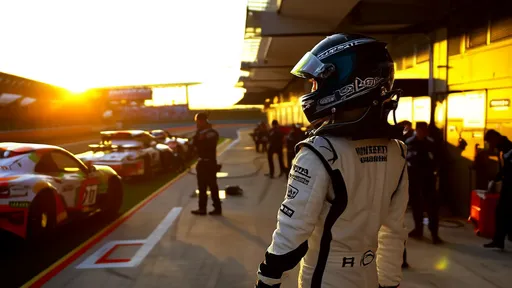
By /Jun 14, 2025
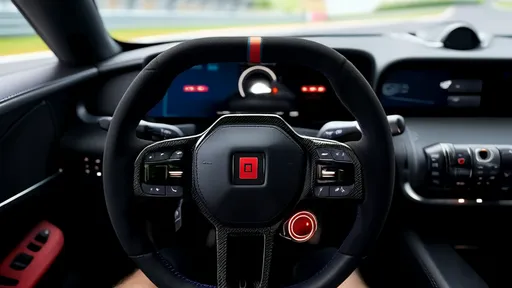
By /Jun 14, 2025
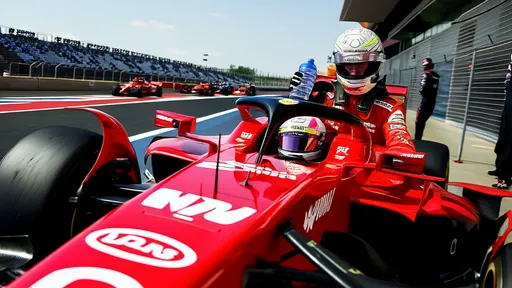
By /Jun 14, 2025
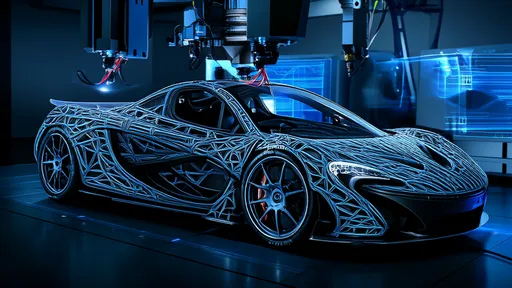
By /Jun 14, 2025
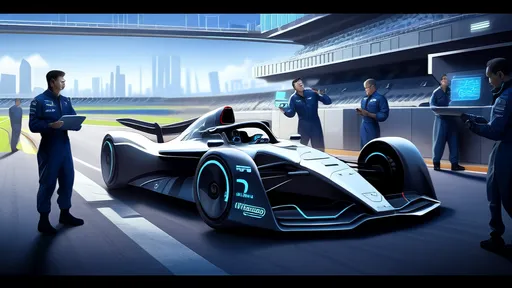
By /Jun 14, 2025
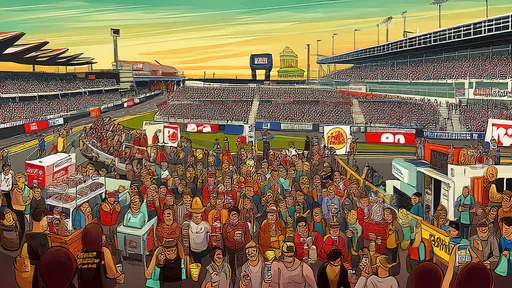
By /Jun 14, 2025
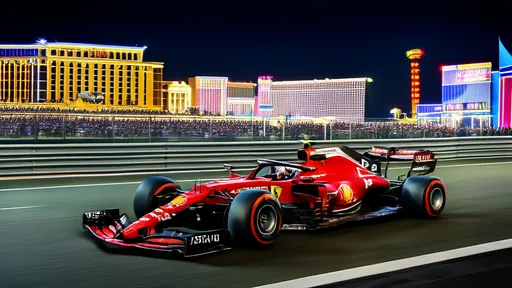
By /Jun 14, 2025

By /Jun 14, 2025

By /Jun 14, 2025
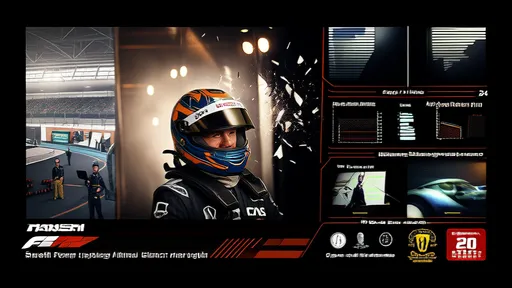
By /Jun 14, 2025
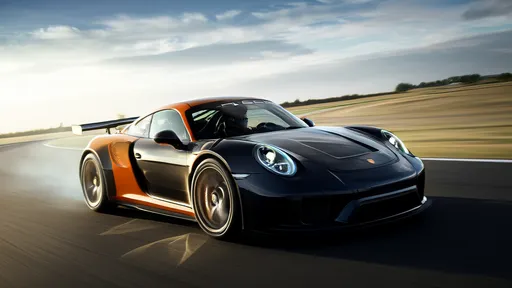
By /Jun 14, 2025
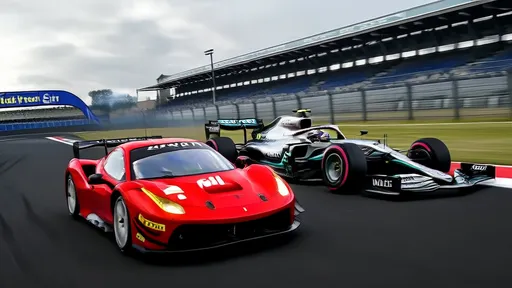
By /Jun 14, 2025
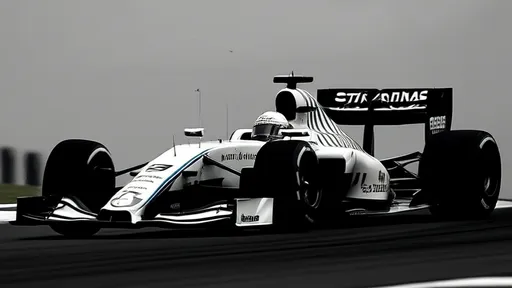
By /Jun 14, 2025
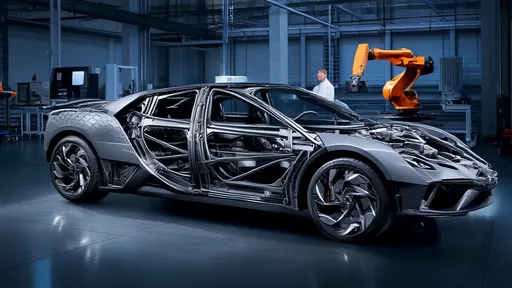
By /Jun 14, 2025

By /Jun 14, 2025

By /Jun 14, 2025
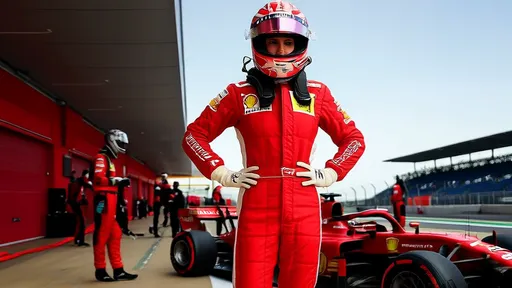
By /Jun 14, 2025